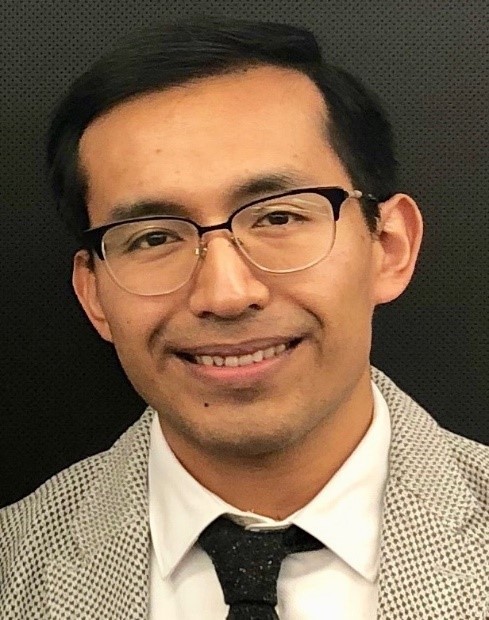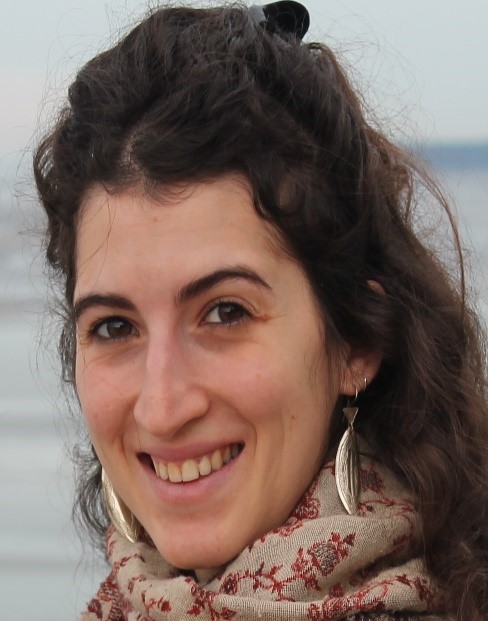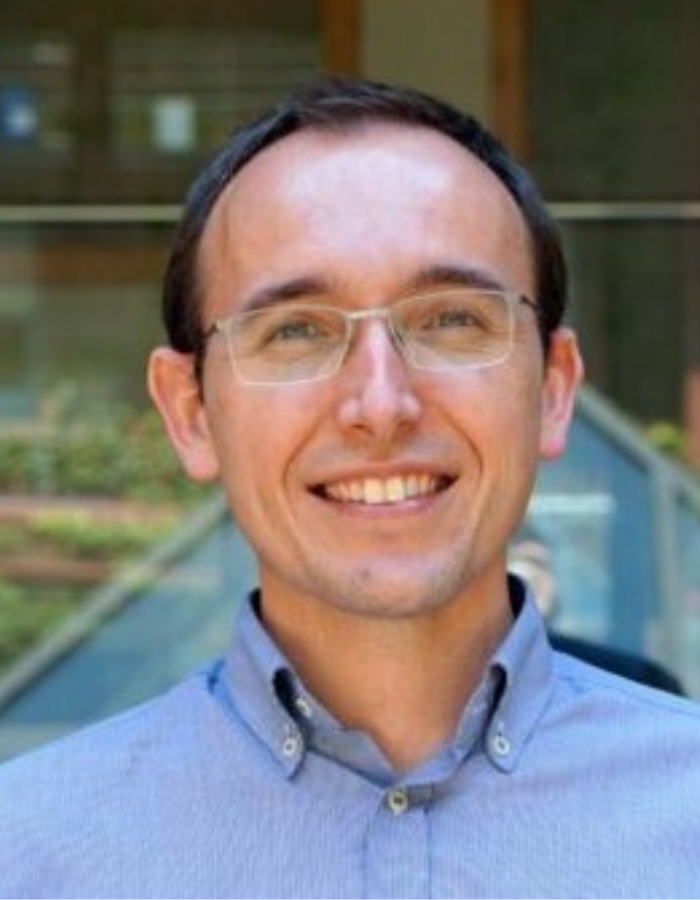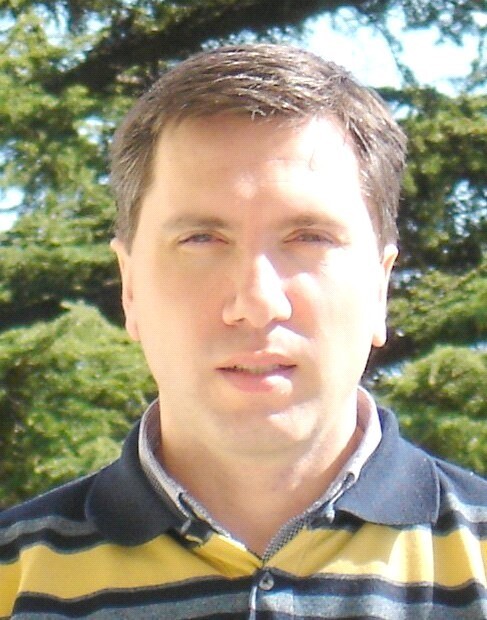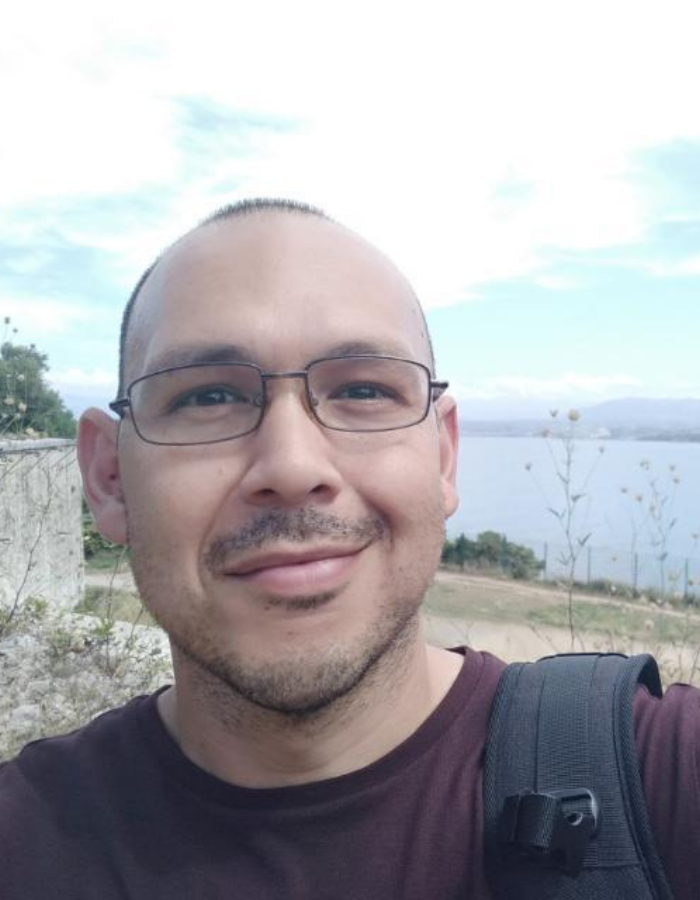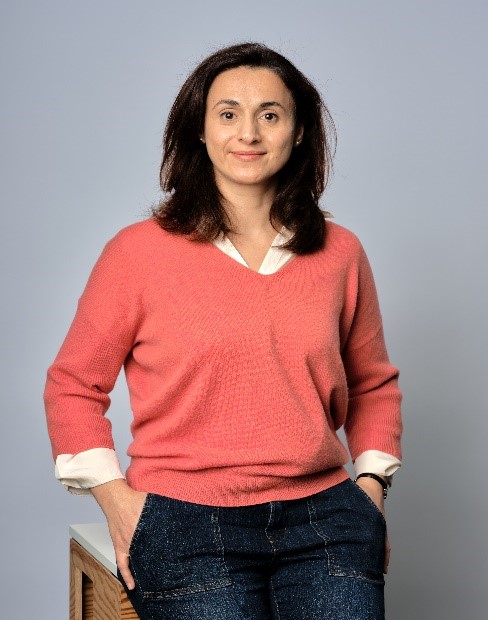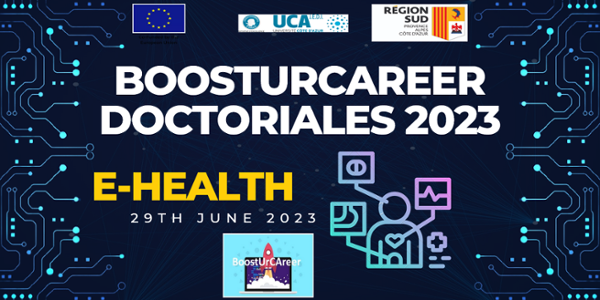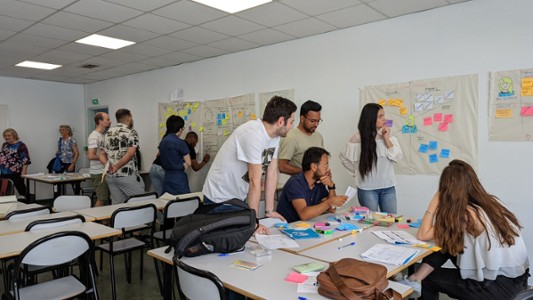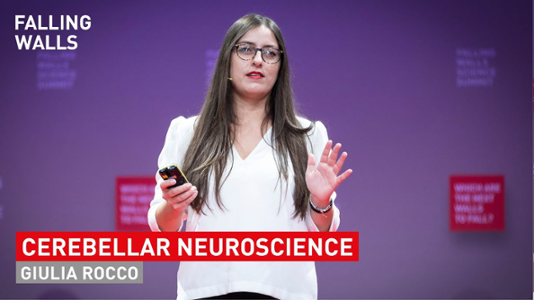on the June 10, 2022
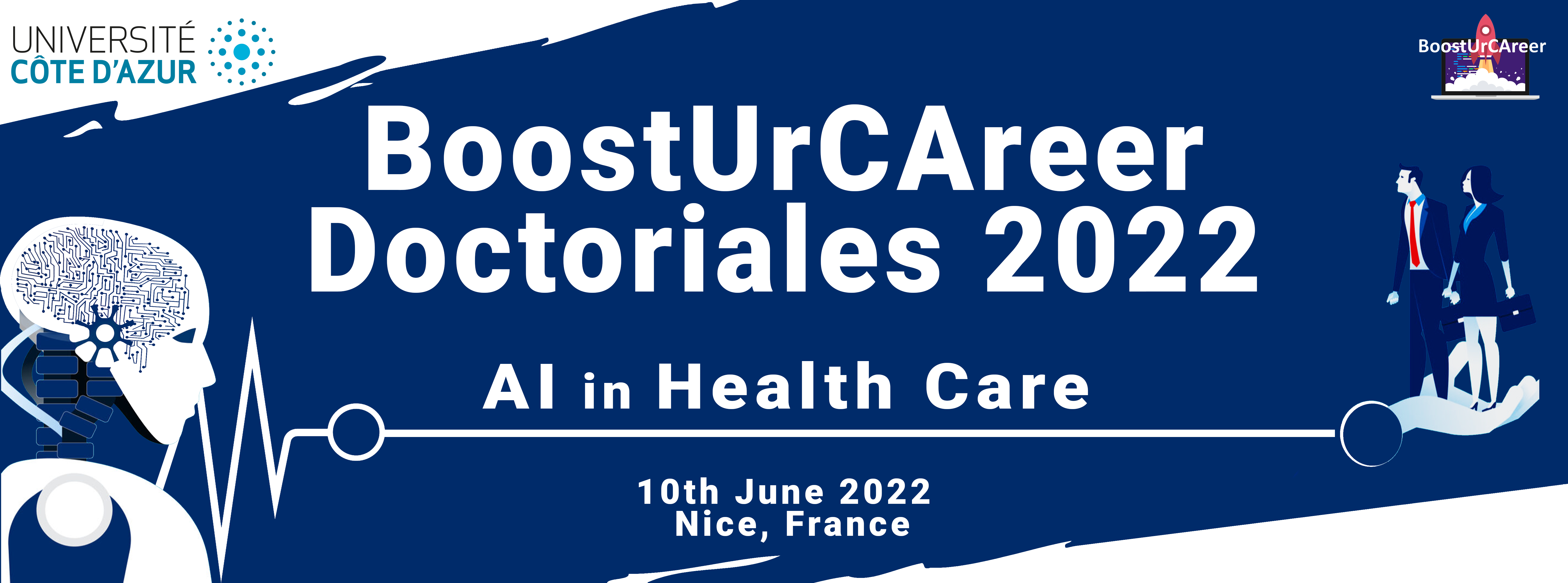
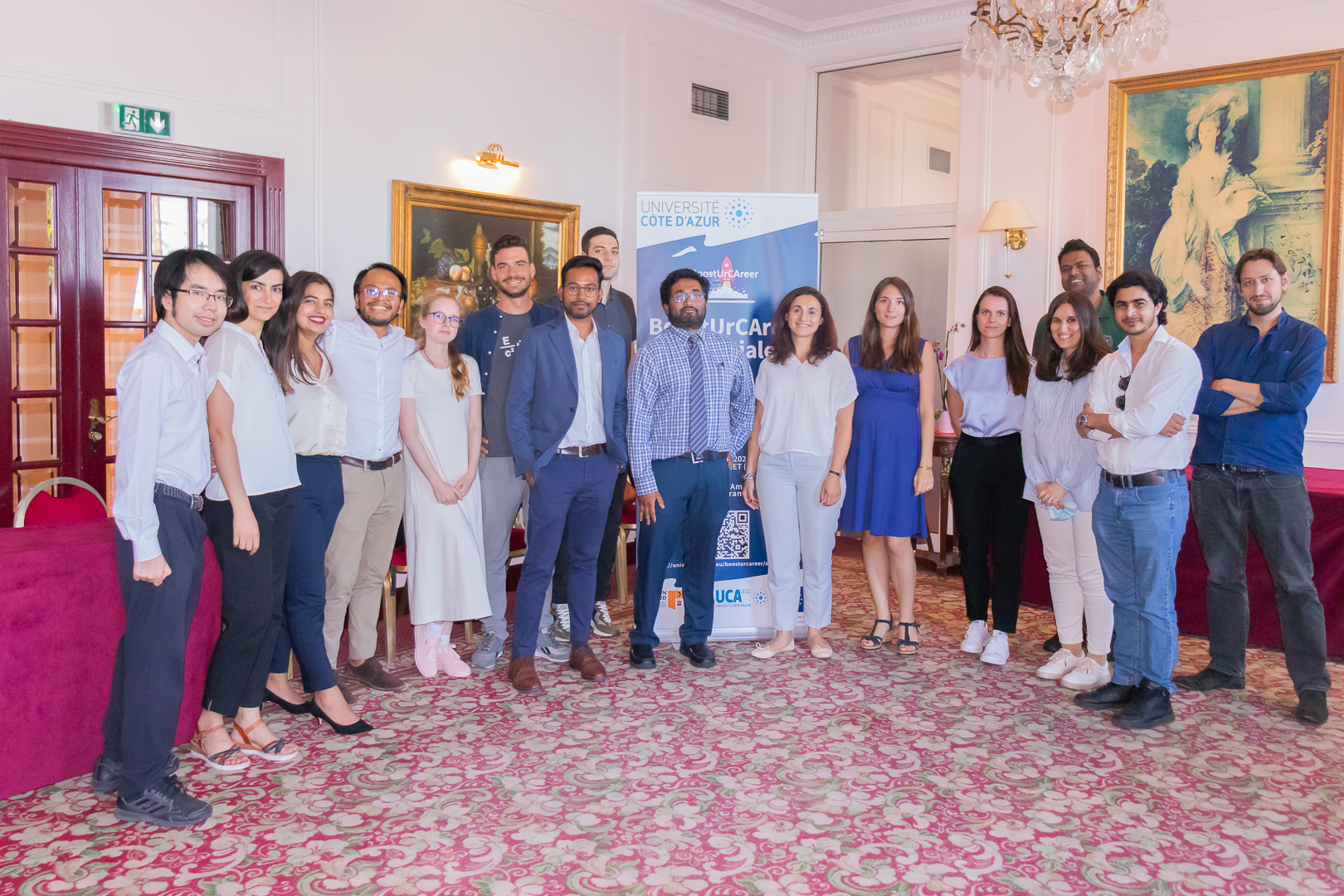
The BoostUrCAreer Doctoriales 2022 are over. Thank you to all of our speakers and attendees for making this event a success. See you next year!
As part of the BoostUrCAreer project, implemented at Université Côte d’Azur with support from the European Commission, the Conseil Region Sud-Provence-Alpes-Côte d’Azur, and IDEX UCAJEDI, the BoostUrCAreer Doctoriales 2022 were held on 10th June in Nice and organized by all the fellows. This event was a full-day program, with an audience made up of master’s students, PhD candidates, researchers, and professionals. The conference brought awareness to new research in e-health and provided a space for researchers and aspiring researchers to connect, share knowledge, and create new opportunities.
- Agenda
-
BoostUrCAreer Doctoriales 2022 Agenda
June 10th 2022
The event will take place at Hôtel West End
Morning Sessions- 08:50 - 09:00 Registration
- 09:00 - 09:30 Welcome speech - Pascale Steichen, Vice President of Doctoral and Post-doctoral policies
- 09:35 - 10:20 Statistical methods for the assessment of homeostasis loss in metabolic disease - Jose Luis Flores-Guerrero, Post Doc, University College London
A large body of evidence suggest that circulating biomarkers are associated with future development of chronic diseases. Nevertheless, most of the studies investigate such biomarkers separately. It has been recently proposed that the Mahalanobis distance of circulating biomarkers can be used as a measure of homeostasis loss that occurs with ageing. Whether this statistical approach could be useful in the study of chronic diseases such as type 2 diabetes development remains to be explored.
In the present study, we reveal that the Mahalanobis distance of circulating biomarkers, including lipid metabolism, as well as inflammation and microbiome derived metabolites, provide information about the physiological dysregulation involved in the development of type 2 diabetes.- 10:25 - 11:10 In-silico trials: roles and challenges - Irene BALELLI, Tenure researcher, Inria Sophia Antipolis – Epione
- 11:10 - 11:30 Coffee break
- 11:30 - 12:15 Augmented decision-support solution for facial mimic rehabilitation - Tan-Nhu NGUYEN, PhD, Univ. Lille, CNRS, Centrale Lille
Recoveries of facial palsy are complex and need long-term rehabilitation treatments. Current rehabilitation methods lack enhanced visual feedback, internal bio-feedbacks, and efficient rehabilitation solutions. This study tried to develop a clinical decision-support system for facial mimic rehabilitation. It supports a patient-specific meta head model animated in real-time for providing realistic visual feedback. Internal skull structures were statistically predicted based on the head. Muscle network was also simulated as action lines for computing muscle strains during real-time head animation. Novel serious games were designed for enhancing cognitive effects during long-term treatments. The system will be a multifunctional platform for facial paralysis grading, diagnosing, and training in clinical and home environments.
tan-nhu nguyen pres Figure 1. (a) Fast patient-specific head generation and real-time animation based on a contactless sensor for providing enhanced visual feedback (e.g., Kinect V2.0 and Kinect SDK 2.0); (b) Statistics-based skull and muscle network generation from the patients-specific head for providing internal bio-feedbacks.
- 12:20 - 1:05 TH1NK!N6 L1KE HVM4N5 – The rise of AI in drug design - Dr. Roger Estrada-Tejedor, Associate Professor, Institution : IQS Shool of Engineering – Universitat Ramon Llull
Drug development is a long and costly process in which the selection of drug candidates plays a pivotal role. Following the principle of the fail early, we try to distinguish a failure from a success as quickly as possible. Computer-aided drug design appeared to increase the success rate of compounds that enter the preclinical and clinical phases. Nowadays, artificial intelligence methods have been incorporated into the common drug design pipeline and concepts like artificial neural networks or machine learning have become commonplace. But, what is a neural network and how we can use it to design new compounds with potential activity against a therapeutic target? In this talk we will see how can we integrate and apply AI in drug design.
- 1:05 - 2:40 Lunch
Afternoon Sessions - 2:40 - 3:25 Probabilistic Modeling for the registration of dynamic medical images - Hervé DELINGETTE, Research Director, Inria Sophia Antipolis - Epione
The analysis of dynamic medical images is useful for quantifying deformations and motion of anatomical structures as required by a large variety of clinical applications. Generic deformable registration tools are presented that enable deformation analysis useful for improving diagnosis, prognosis and therapy guidance. I will present a diffeomorphic deformation and motion model that allows for accurate multiscale registration and deformation analysis by learning a low-dimensional representation of intra-subject deformations. The unsupervised method uses a latent variable model in form of a conditional variational autoencoder (CVAE) for learning a probabilistic deformation encoding that is useful for the simulation, classification and comparison of deformations. Finally, I will present a clinical application where the motion model is used for disease prognosis and therapy planning.
- 3:30 - 4:15 Modeling of electromechanical activity of the heart: an application to cardiac resynchronization therapy - Jesus Jairo Rodríguez Padilla, PostDoc, Inria Sophia Antipolis – Epione
Personalised patient-specific electromechanical models of the heart can be a huge asset for clinicians to improve therapy selection in multiple cardiac diseases. However, personalisation of 3D models is still challenging due to the complexity of the system itself (coupling of electrics, haemodynamics and mechanics), the high number of parameters to be tuned and the computational demand. The Bestel-Clement-Sorine model was used to describe the cardiac electromechanical activity. The heart is described as a passive isotropic Mooney-Rivlin material accounting for elasticity and friction in the cardiac extracellular matrix surrounding the fibres.
Electrical stimulation is derived from an Eikonal activation map computed beforehand and is coupled to the active orthotropic contraction part, which accounts for the active stress along cardiac fibres and elasticity between sarcomeres and Z-discs. To personalise our model, we used the Covariance Matrix Adaptation Evolution Strategy (CMA-ES), a stochastic method for real-parameter optimisation of non-linear functions. The parameters are sampled according to a multi-variate normal distribution. The covariance matrix of this distribution is iteratively updated such as the new set of parameters minimises the cost function. As a result of this step, we are able to obtain pressure and volume curves as well as compute electromechanical dissynchrony parameters well within physiological ranges. However, a few indices of interest are still outside good and expected physiological values.
To account for this problematic, a further sensitivity analysis was carried out to investigate the impact of action potential duration (APD) increase in mechanical output parameters used in cardiac resynchronization therapy (CRT). Particularly in those markers that were difficult to estimate by only using CMA-ES.- 4:15 - 4:35 Coffee break
- 4:35 - 5:30 Presentation of the Innovation Center for Entrepreneurship at Université Côte d'Azur - Olga Pabion, Operational Director of the ICE
Centre dedicated to:
• Acquisition of entrepreneurial competencies: education programs and awareness-raising campaigns
• Accompaniment of entrepreneurial projects of students entrepreneurs: pre-incubation program, mentorship and financing
• Community of student entrepreneurs, PhD and researchers
Objectives:
• Primary contact bringing resources and competencies in entrepreneurship
• Contribute to strong integration of UCA and ecosystem entrepreneurial initiatives, and ensure coherence of their deployment
INNOVATION CENTRE FOR ENTREPRENEURSHIP offers:
• Student Entrepreneurship Status and accompaniment of entrepreneurial projects
• two University degrees “DU Entrepreneurship”, “DU Deeptech” and a minor in “Innovation & Design Thinking”, as well as a large choice of personalized trainings
• helps with raising funds and organizes various contests
• Open Innovation programs and events.- 5:30 - 7:00 Cocktail and networking session
- Our speakers
-
jose luis flores-guerrero Jose Luis Flores-Guerrero, Post Doc
Institution: University College London
Topic: Statistical methods for the assessment of homeostasis loss in metabolic disease
Session: 9:35 - 10:20irene balelli Irene BALELLI, Tenure researcher
Institution: Inria Sophia Antipolis - Epione
Topic: In-silico trials: roles and challenges
Session: 10:25 - 11:10tan-nhu nguyen Tan-Nhu NGUYEN, PhD
Institution: Univ. Lille, CNRS, Centrale Lille
Topic: Augmented decision-support solution for facial mimic rehabilitation
Session: 11:30 - 12:15roger estrada tejedo Roger Estrada Tejedo, Associate Professor
Institution: IQS Shool of Engineering – Universitat Ramon Llull
Topic: TH1NK!N6 L1KE HVM4N5 – The rise of AI in drug design
Session: 12:20 - 1:05herve delingette Hervé DELINGETTE, Research Director
Institution: Inria Sophia Antipolis - Epione
Topic: Probabilistic Modeling for the registration of dynamic medical images
Session: 2:40 - 3:25jesus jairo rodriguez Jesus Jairo Rodríguez Padilla, PostDoc
Institution: Inria Sophia Antipolis - Epione
Topic: Modeling of electromechanical activity of the heart: an application to cardiac resynchronization therapy
Session: 3:30 - 4:15olga pabion Olga Pabion, ICE
Institution: Université Côte d'Azur
Topic: Entrepreneurship
Session: 4:35 - 5:30 - Registration
- Registration are closed!


















